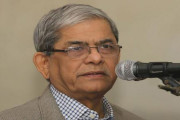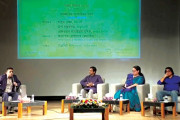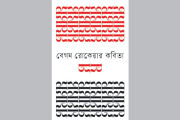The Assembly poll results will impact the geopolitical and geostrategic dynamics of the state and beyond
Devadeep Purohit, Calcutta: The Assembly elections that will kick off this Saturday cover five states but it is Bengal that finds itself back in the national crosshairs exactly a decade after it sealed the fate of one of the longest running regimes in the world.
If Bengal was the cynosure in 2011 for voting out the Left after an unhindered and improbable run of 34 years, 2021 places the state at the centre of a battle that it did not start and a question only its voters can answer.
Will Mamata Banerjee be able to stop what has so far been the unstoppable juggernaut powered by Narendra Modi and Amit Shah? Or will the duopoly conquer the last frontier in the east, painting India with such a gigantic saffron brushstroke that only a sliver called Kerala will remain the sole holdout?
The once-hackneyed phrase — “the battle for the soul of Bengal” — has acquired some resonance and urgency because of the fear of the unknown and its unfamiliarity with the culture that has made Bengal what it is.
Toss into this cauldron concerns about abiding values such as personal liberties, communal harmony, cosmopolitanism, dissidence, the right to protest and minority rights — not to forget immediate issues such as farm laws — and you have one of the most significant electoral contests in recent memory.
The eight-phase elections scheduled to continue for over a month till April 29 will not only pave the way for the next government but also shape the course of politics in the eastern state.
The significance of the results, to be declared on May 2, will have consequences beyond Bengal’s borders, impacting the entire region’s geopolitical and geostrategic dynamics.
For Mamata Banerjee’s Trinamul, retaining power for the third time is paramount as she is aware that she needs to win to keep her party alive at a time the BJP is leaving no stone unturned to chip away by engineering defections.
For the BJP, a saffron Bengal is critical to establish a pan-India presence.
Ahead of the elections, the BJP’s focus has been to create the narrative that it is coming to power in Bengal — with 200-plus seats (the state has 294 seats). The party is also striving to create the impression that a “double-engine government”, at the Centre and in the state, will result in unprecedented growth.
Trinamul has fallen back on its most bankable asset — Mamata. By pitching herself as the party nominee in all 294 Assembly seats, she is travelling the length and breadth of Bengal, on a wheelchair and her leg plastered, and listing her achievements and countering the narrative spun by the “outsider” BJP.
The Telegraph takes a look at the factors that have made the contest so intriguing.










































































































































































